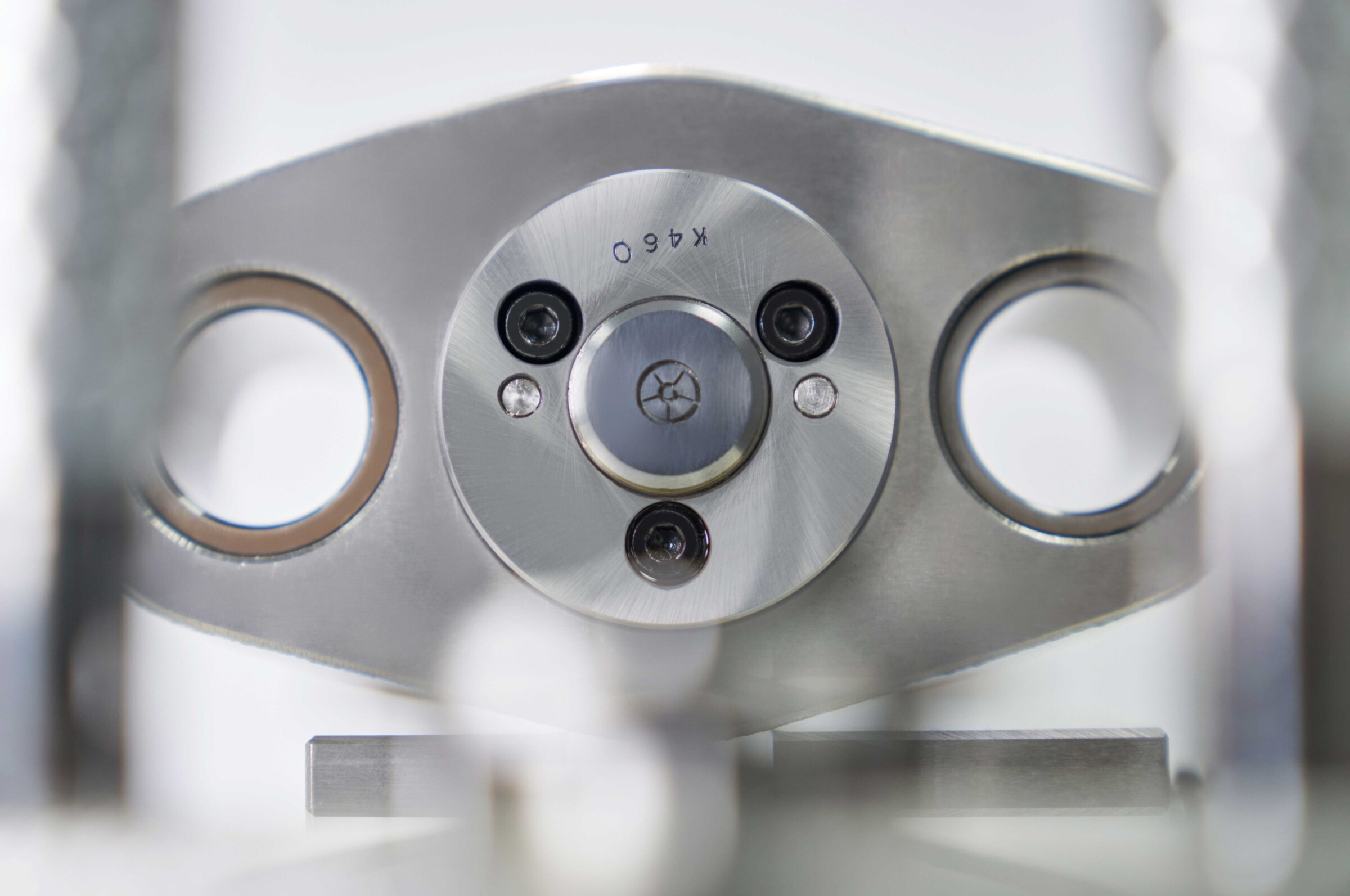
Switzerland has always enjoyed an excellent reputation when it comes to care and accuracy in precision manufacture. This applies not only to watches, but also to intricate mechanical items, tools / machine tools and medical technology. Family-run Hemmann Schleiftechnik GmbH in Bettlach, a manufacturer of tools and mechanical components made of extra-hard and therefore difficult-to-machine materials, is also frequently given ”± 1 µm” as a tolerance specification.

When every micrometre counts. Tool steel, carbide, ceramics, polycrystalline diamond…
”We produce high-precision tools and special parts for industrial customers in high-tech industries such as toolmaking, medical technology, precision mechanics and the watchmaking industry,” says Rolf Hemmann, Manager of Hemmann Schleiftechnik GmbH in Bettlach (Switzerland). They machine hard and super-hard materials such as high-strength steels, tungsten carbides, ceramics and even polycrystalline diamond. Composite materials are also often involved, such as carbide bodies with a sintered layer of polycrystalline diamond (PCD). Most of these materials cannot be machined with conventional techniques such as turning, milling and drilling, so they resort to special processes such as grinding and spark erosion. The main focus here is on meeting the highest standards of precision, which often go down to the 1-µm range. Concentrating on one-off products and small series, the medium-sized company founded by Rolf Hemmann in 2002 has an outstanding reputation in this field and supplies customers throughout Europe, the USA and Asia. Two years ago, they took over Brotec AG, another company with a similar focus, but one that concentrates more on series production.
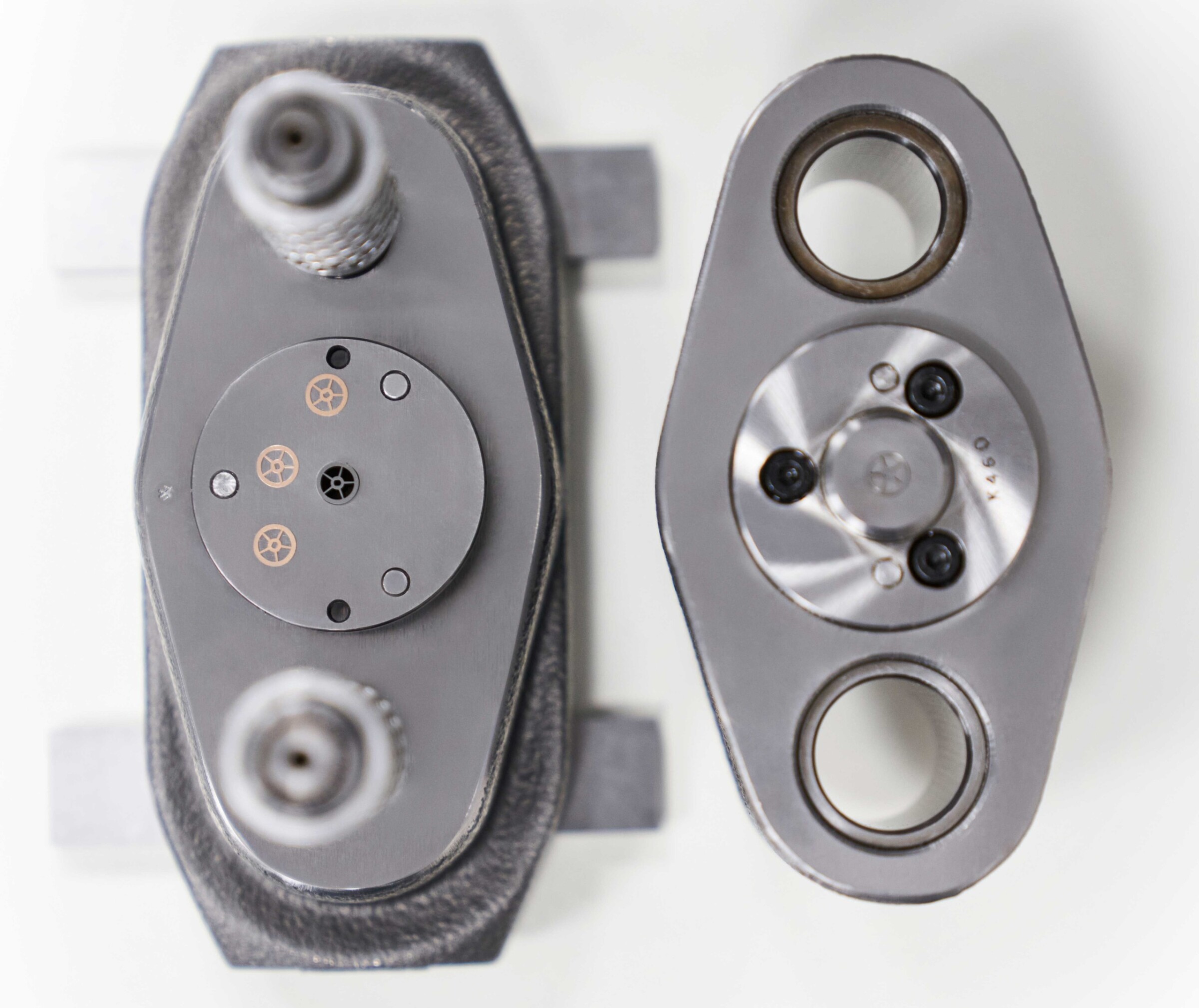
A precision stamping tool for the production of tiny gearwheels for a customer in the watchmaking industry
”Since we’ve got a lot of experience of the processes we use, we can often give our customers tips on how best to produce the parts they need,” adds Michael Hemmann, who is the second-generation head of the company. Looking at the design drawings of customer parts, he sometimes realises they are difficult to machine the way they have been designed by the developer. When wire-cutting, for example, ”bridges” have to be left between the residual material and the machined component to prevent the component from slumping in an uncontrolled way after the last connection has been cut, thus causing damage to the component’s edges. The removal of these residual bridges after manual extraction can also necessitate additional machining effort. The dimensions and positioning of these residual bridges as well as – especially in series production – the best-possible arrangement of the parts on the blank can have a considerable impact on the efficiency of production. In unfavourable circumstances, unsuitable specifications with regard to tolerances or surface qualities, for example, can also have a negative effect on effort and costs. That is why the company is happy to provide customers with the necessary advice. In some cases, significant benefits can be achieved in terms of costs and quality – a service much appreciated by customers.
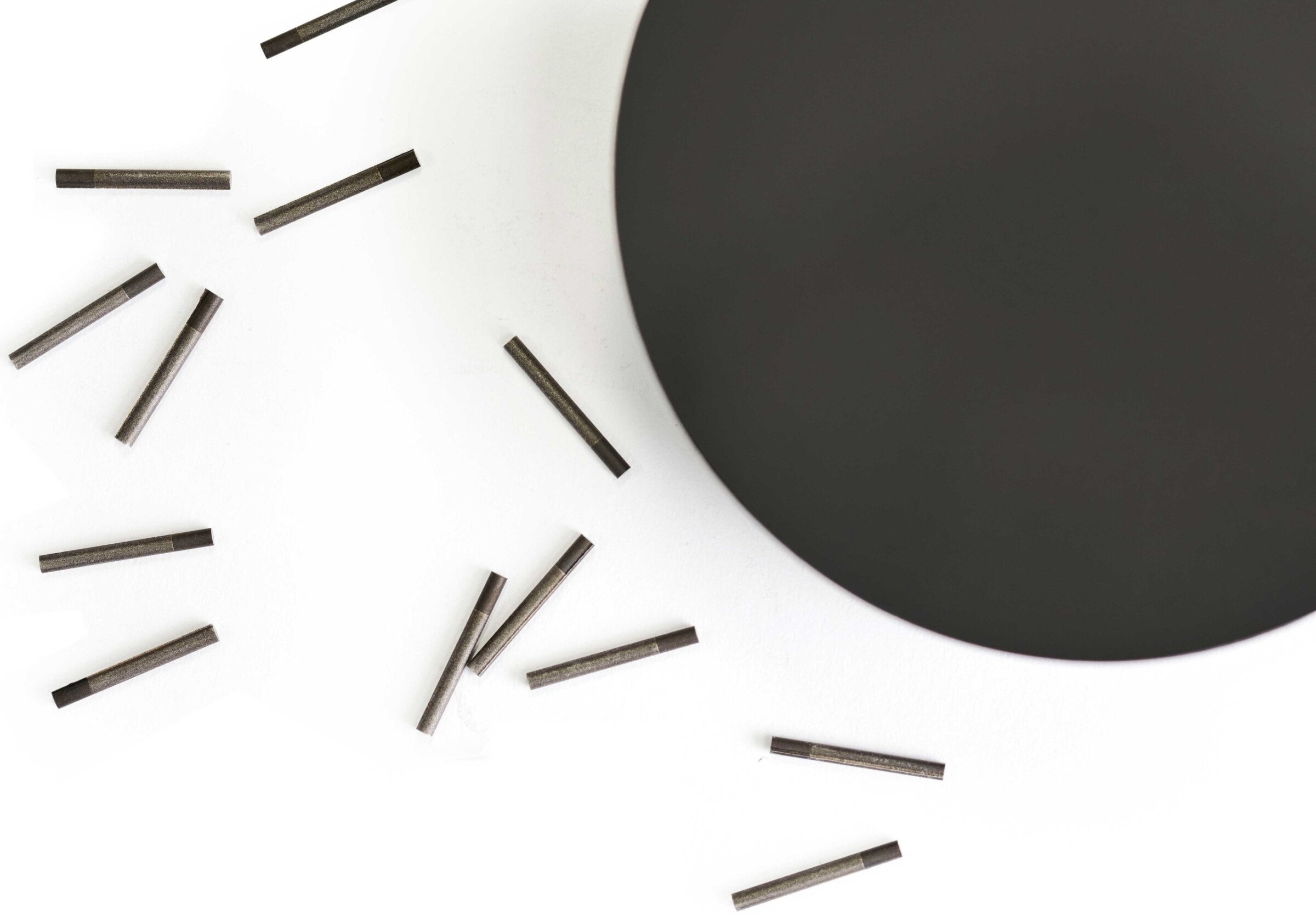
The disc is made of carbide with a thick layer of sintered-on diamond. Wire EDM is used for cutting the small high-precision blanks for PCD drills and milling cutters.
”Many of our jobs can be accomplished better by electric discharge machining than by grinding,” says Rolf Hemmann. That’s why he introduced wire EDM back 2003. He now has six EDM systems, four of which are wire EDM systems, one die-sinking EDM machine and one start hole drilling machine. Originally using equipment from a competitor, he gained his first experience of Mitsubishi Electric during the procurement of a die-sinking EDM system, culminating in the decision in favour of an EA12V in 2007. This is mostly used for tasks such as the countersinking of entry cones in nozzle tips. He was so impressed by it that he opted for Mitsubishi Electric systems for his wire EDM machines the following year and in 2020. The first of these, a Mitsubishi Electric MP1200 Connect, uses deionised water as the dielectric, while the MX600 uses oil.
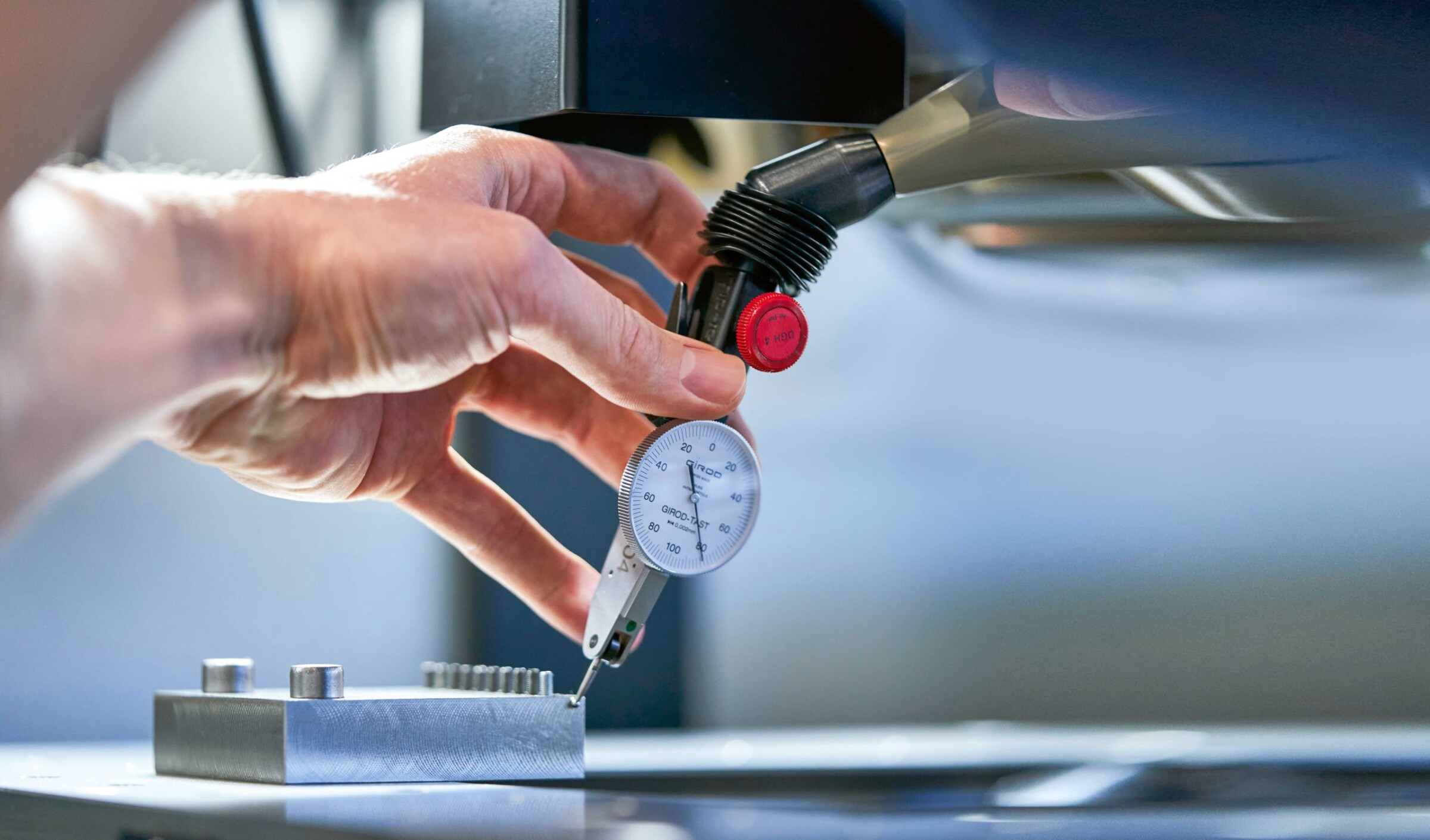
Target tolerance ± 1 micrometre.
”We purchased our first Mitsubishi system after carrying out trials with both makes,” Michael Hemmann reveals. It turned out that the Mitsubishi Electric technology met the requirements better. The results obtained later in the workshop endorsed their decision. An important factor is the superior automatic wire threader of the Mitsubishi Electric systems, which is important for trouble-free running during unmanned operation outside working hours. The Mitsubishi Electric software is also much more stable, i.e. unlike on the rival machine, it is less prone to crash. Also impressive are the Tubular Direct Drives of the movement axes, which permit higher precision coupled with less wear. In addition, the Mitsubishi Electric systems do not require coated cutting wire to achieve the same accuracies as rival systems with coated wire. This makes an appreciable difference in costs. Nor have there been any failures so far with either of the Mitsubishi Electric wire systems.
Also worth mentioning are the differences in the software. The Mitsubishi Electric software is more versatile and permits the setting of many parameters. Although this makes getting started a little more difficult, once this learning phase is accomplished, you have more tricks at your fingertips to help master extra-demanding jobs.
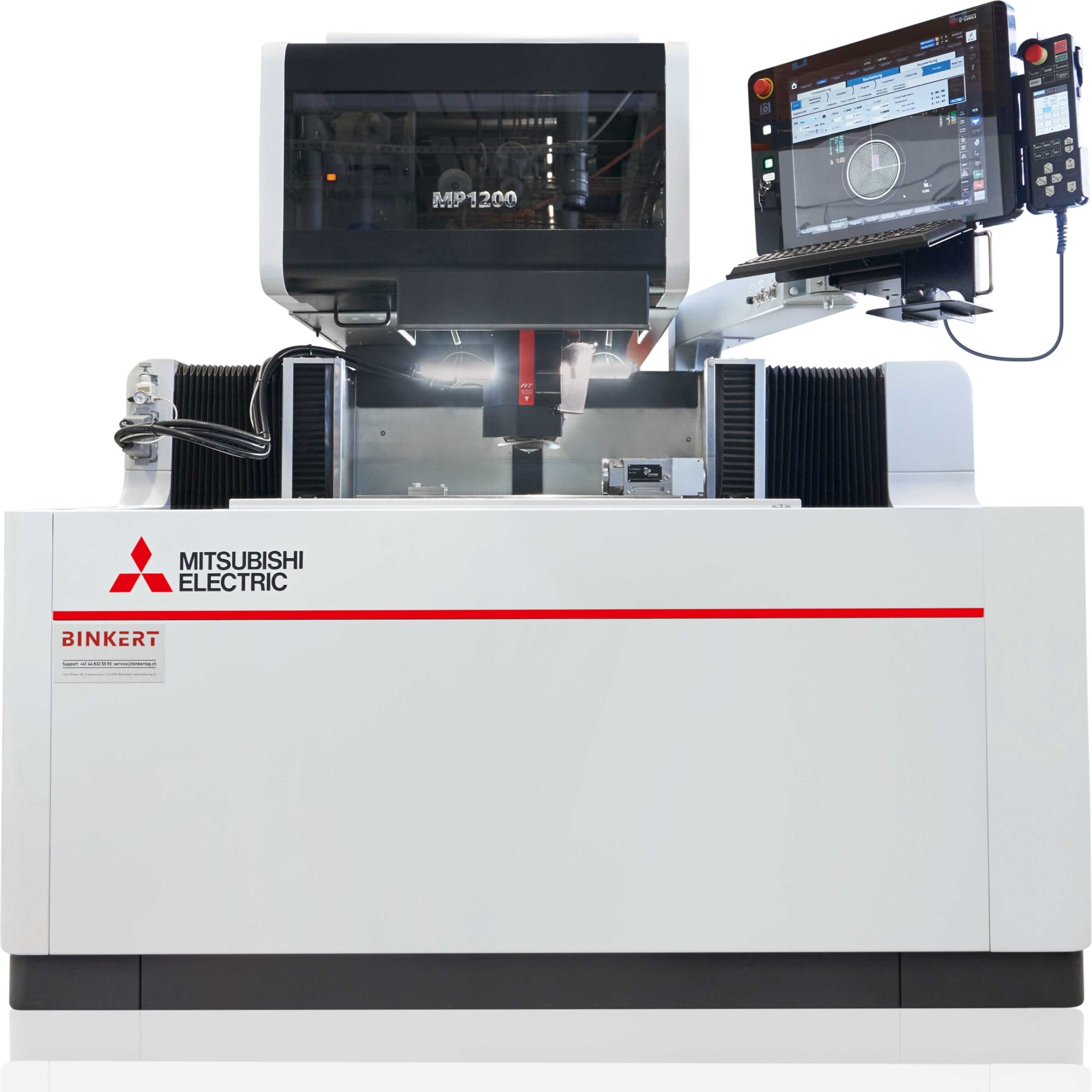
The Mitsubishi Electric MP1200 Connect wire-cut EDM system uses deionised water as the dielectric.
”We’re also very happy with the support we’ve received from Mitsubishi,” says Rolf Hemmann. At the German branch, he says, there are highly skilled staff who not only know the machines well, but also the challenges that arise in practice, and who can help quickly and efficiently when problems arise. Should he encounter problems with specific applications, he can call them and obtain help quickly and efficiently. Of course, this is also very helpful during training courses. In the case of the only real problem so far, which occurred on the die-sinking EDM machine, the matter was resolved over the phone without the need to have a technician sent out.
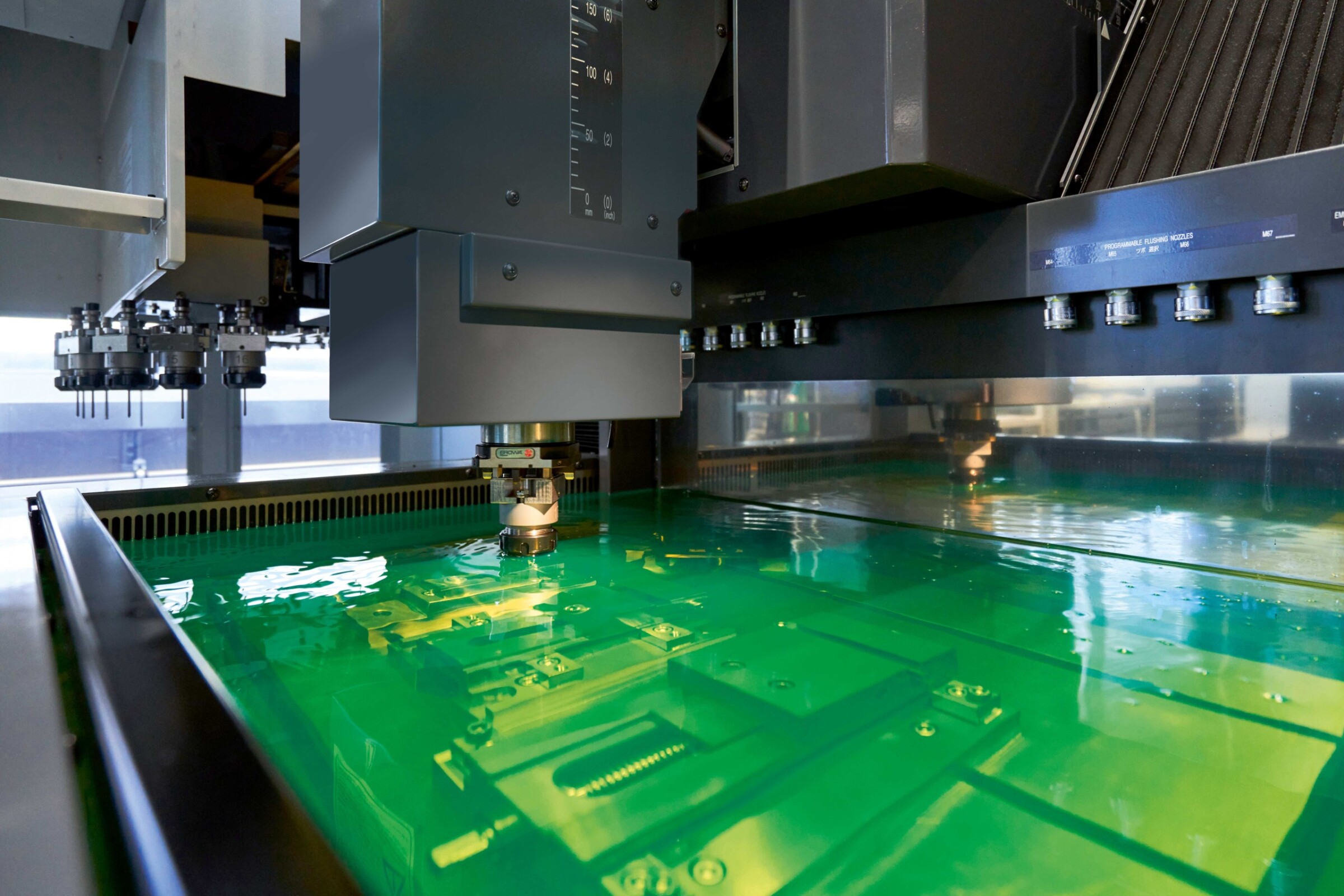
The Mitsubishi Electric EA12V Advance die-sinking system is used for jobs such as the countersinking of entry cones in nozzle tips.
Plenty of experience for efficient production.
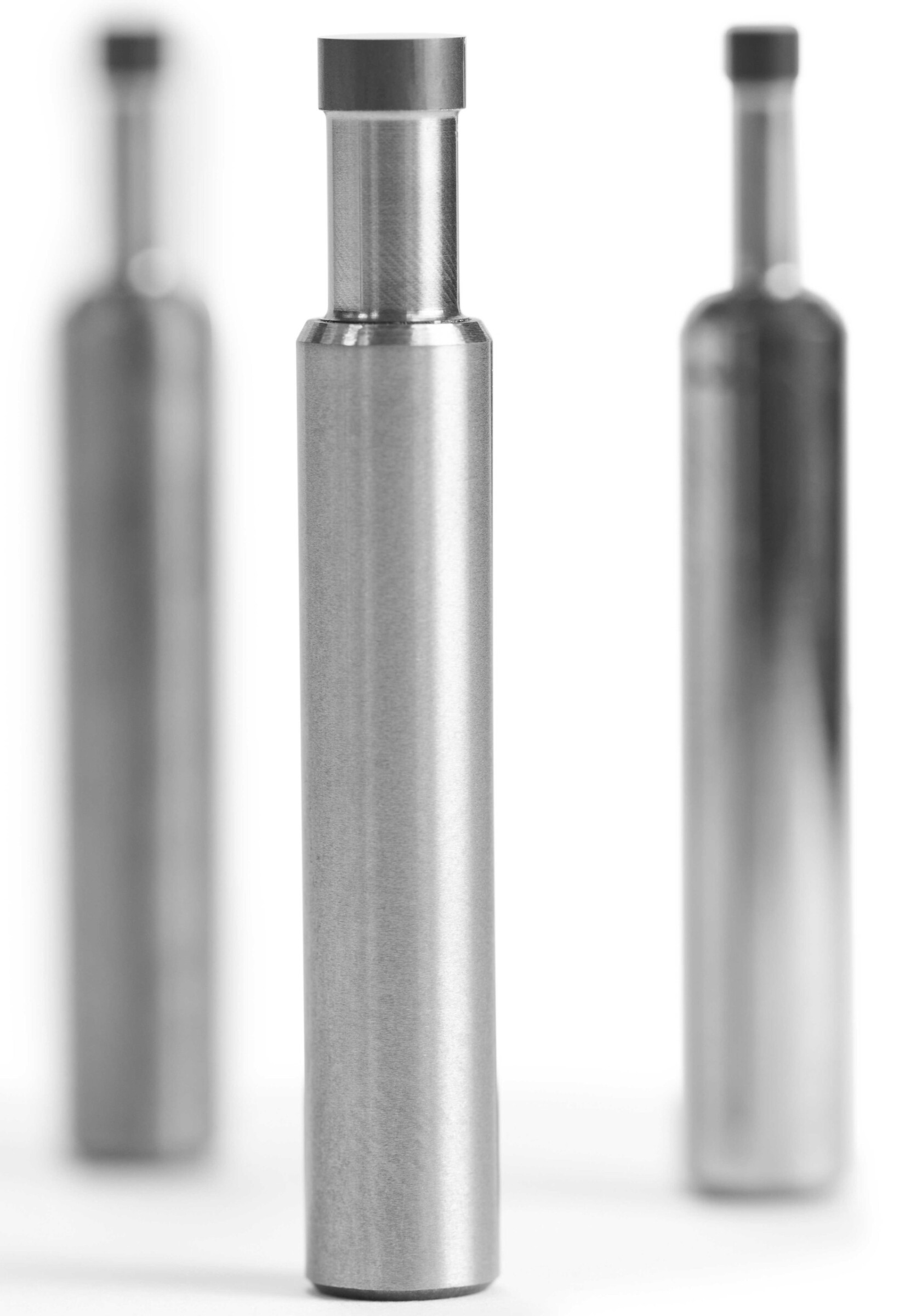
Round-ground carbide tool blanks with a sintered PCD diamond layer after being cut out of a round blank by wire erosin.
High accuracy coupled with lower wear.
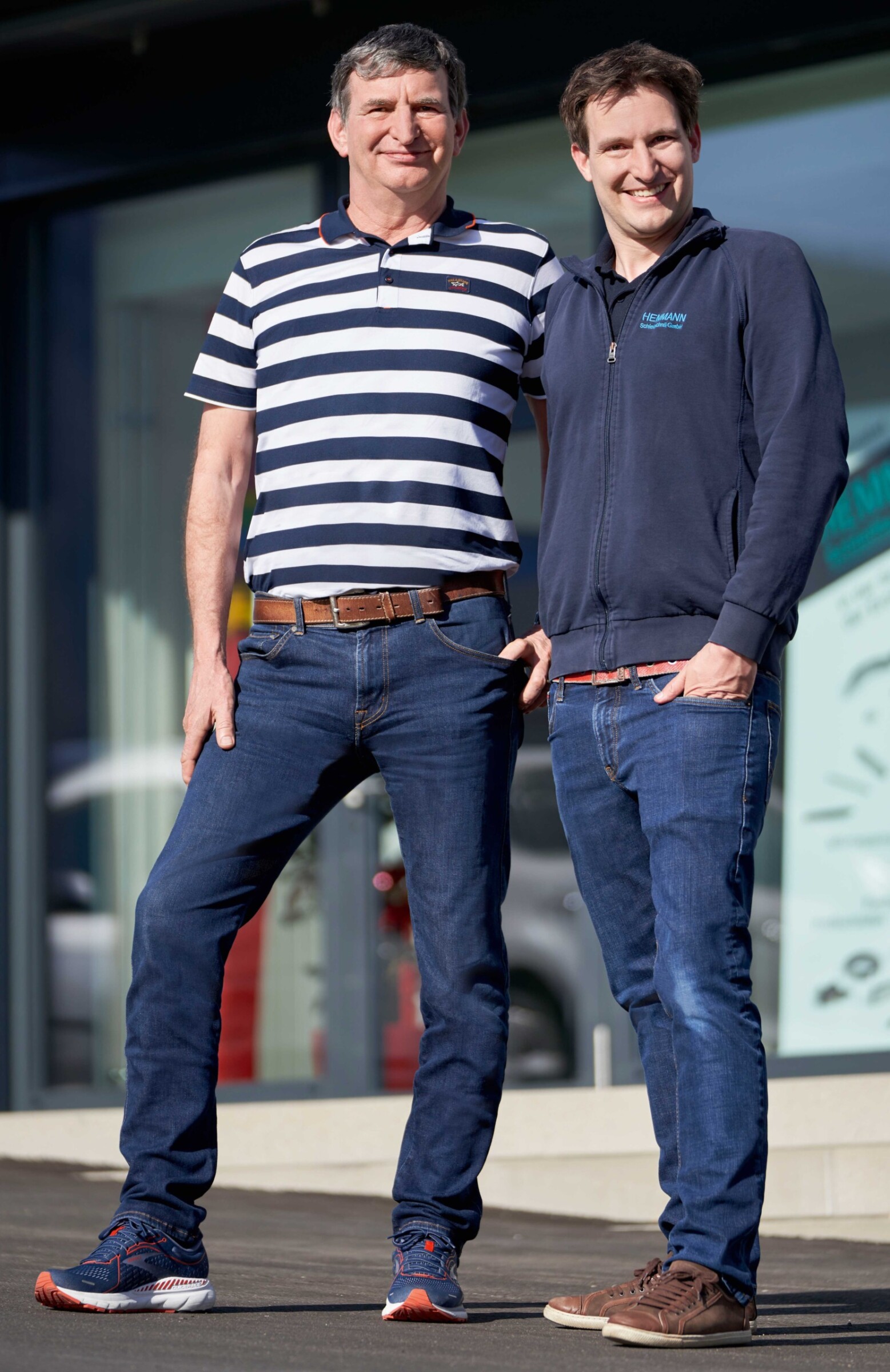
Founded in 2002, the family business Hemmann Schleiftechnik GmbH is run jointly by father Rolf Hemmann (left) and his son Michael.
Name and place of company:
Hemmann Schleiftechnik GmbH
Switzerland
Founding year:
2002
Managers:
Rolf Hemmann, Michael Hemmann
Employees:
25
Core business:
Grinding and eroding
Hemmann Schleiftechnik GmbH
Bielstrasse 33
2544 Bettlach
Switzerland
Tel +41-32-34174-39
Fax +41-32-34174-59
Info@hemmann-schleiftechnik.ch
www. hemmann-schleiftechnik.ch
Mitsubishi Electric partner for EDM systems in Switzerland
Josef Binkert AG
Grabenstrasse 1
CH-8304 Wallisellen, Switzerland
Tel +41 44 832 55 55
Fax +41 44 832 55 66
info@binkertag.ch
www.binkertag.ch
Fields marked with a * are mandatory.
Mitsubishi Electric Europe B.V.
German Branch
Mitsubishi-Electric-Platz 1
D - 40882 Ratingen
Sales
Tel.: +49 (0)2102 / 486 - 6120
edm.sales@meg.mee.com
Service
Tel.: +49 (0)2102 / 486 - 7600
edm.hotline@meg.mee.com
Applications
Tel.: +49 (0)2102 / 486 - 7700
edm.applikation@meg.mee.com
Spareparts
Tel.: +49 (0)2102 / 486 - 7500
edm.parts@meg.mee.com